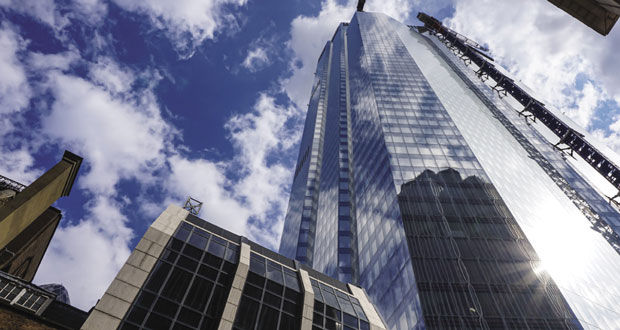Conor Logan, Colt’s Technical Director looks at how UK fire safety design regulations compare to those of other countries in the EU. Could we learn from their example?
Responding to the tragic loss of life following a fire at Grenfell Tower in June 2017, the Government commissioned an independent review of building regulations and fire safety. This was led by Dame Judith Hackitt, who in the final report, Building a Safer Future, Independent Review of Building Regulations and Fire Safety concluded that the current legislation regarding fire safety equipment in the UK is not fit for purpose and that it needs to improve. Learning the best that we can from other countries (such as those in the European Union) while avoiding their shortcomings would be a good start.
But while well-considered fire safety regulation is essential, it is equally important for all those involved in the design and construction of buildings and construction products to have an understanding of what fire can do to a building and how damage and danger caused by a fire can be minimised.
FIRE SAFETY DESIGN IN THE EU
When we look at our European neighbours, we can see that while not all of them follow the same rules, there are some different approaches to design than the UK, particularly in relation to fire safety and smoke control. In the UK, we currently follow a performance-based code where the regulation only mandates five basic requirements of means of warning and escape, internal fire spread – linings and structure, external fire spread and access and facilities for the fire service.
The method used to meet these requirements is down to the designer and can be derived from a number of sources – government guidance (each of the devolved nations has its own version with slightly different approaches), a risk-based approach from British Standards or a fire engineered solution using specialist knowledge and resources.
Whereas, in Germany, for example there are entirely prescriptive regulations and standards which tell building designers what they should and should not do. The national model building code (Musterbauordnung) sets out what standards designers should meet. While each of the federal states has its own detailed rules, these in fact vary only slightly. The benefit is that life safety systems should not be traded off under the pretext of ‘value engineering’. The trend of a ‘race to the bottom’ as referred to by Hackitt, in terms of providing the minimum protection for the lowest cost needs to be halted. Prescriptive requirements are more likely to prevent this as compliance is the only sure way of demonstrating the standard is met.
In other European countries, Sweden, for example, also allows performance-based design, but has strict rules about considering the possibility of fires in adjacent buildings. Italy has an older approach of prescription and a newer approach that allows for a more ‘creative’ design, similar to the UK’s. This newer approach is not, however, proving popular because it passes responsibility from the authorities to the design team. Designers in Italy, it seems, prefer to tick boxes than think through the design process.
It is true that performance design, to be done well, requires a detailed understanding of how a building will behave in a fire. That is why an entire specialism of fire engineering has built up. Sometimes, however, the motivations of the fire engineer can be questionable – whose interests do they serve? Their client or the end user? Are they looking to justify the minimum cost for their client or the minimum level of safety that they can comfortably justify and are the two intrinsically linked?
The Dutch Building Decree also uses a performance-based approach which takes a particular approach to the limitation of the spread of smoke. It is also the only documentation in Europe that specifically sets out requirements to limit the development of smoke.
Most of the countries with different approaches have also experienced catastrophic fires and these have often shaped their legislation and regulation. In most countries, fire design has to be considered at the start of the process, and in others it comes much later. It is unlikely that any of them get it entirely right. There has to be a balance between the essential need to ensure safety and being so prescriptive that design becomes nearly impossible. Our experience has been that it is easier to incorporate the right protection earlier so that it is considered in the design process.





